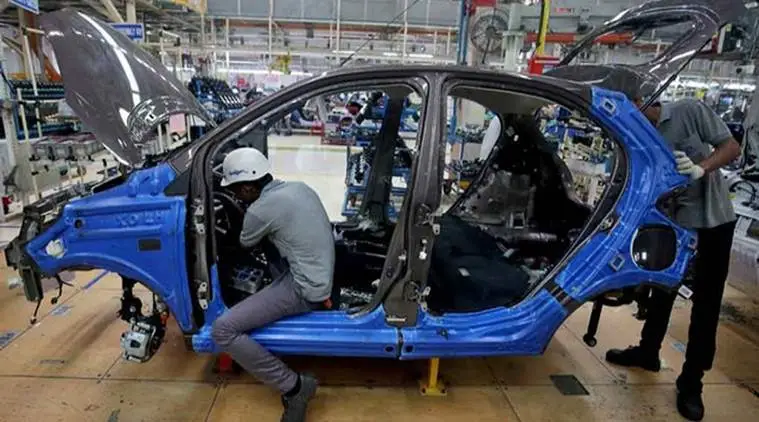Key Challenges in Accessing Schemes by Auto sector workers
Obtaining Assistance After Crush Injuries:
For auto workers facing crush injuries, there are problems with identity cards. Many workers need an e-pehchan card from their employer to access benefits like ESIC/PF. If they don't have this card, they might miss out on these important benefits. Surprisingly, only 65% of workers get an ESIC card after they've been in an accident. This means a lot of workers might struggle to get the support they need after a crush injury. These challenges make a tough situation even more difficult for auto workers dealing with crush injuries.
Compensation and Salary Provisions for Injured Auto Workers:
Auto workers, constituting 90% migrants and often employed on precarious contract terms, face a heightened vulnerability in the workplace. A significant portion, 65%, are under 30 years old, highlighting the youthfulness of this workforce. Unfortunately, many of these workers experience severe injuries, with 65% having lost fingers or hands in workplace accidents. This alarming trend isn't isolated but affects several thousand workers nationwide annually, particularly in smaller factories. In terms of compensation, the pay scale for auto workers ranges from INR 10,000 to INR 15,000. Importantly, when injuries occur, a provision exists to cover salary loss during the treatment period, with a substantial 90% of the total salary being provided. These compensation and salary provisions are crucial for addressing the economic impact on injured auto workers and ensuring their financial stability during recovery.
Challenges in ESI Coverage for Auto Workers:
The Employee State Insurance Corporation (ESIC) plays a crucial role in providing social security to workers, but for auto workers, several challenges exist within the ESI framework. Firstly, small workshops with fewer than 10 workers are not covered by ESIC, leaving a significant portion of the auto workforce without this essential safety net. Furthermore, only workers earning up to 21,000 are eligible for ESIC benefits, excluding those with higher salaries. While ESIC promises coverage for workplace injury, medical treatment, and disability pension from day one, the practicalities of availing these benefits pose hurdles. Services are tied to the company's registered location, requiring workers to visit the specific ESIC office linked to the company's registration area. This geographic constraint can be cumbersome for workers, especially when their workplace and the registered office are in different locations. Additionally, the turnaround time for receiving compensation under ESIC is prolonged, taking almost 2.5 years from the occurrence of an accident to the actual disbursement of compensation. This delay can create financial hardships for injured auto workers during a crucial period when they need support for medical expenses and daily living.
Challenges in Gratuity for Workers
The realm of Provident Fund (PF) and Gratuity for workers in the auto industry is riddled with challenges, primarily concerning employers minimizing their gratuity payments. A common tactic employed by employers is pressuring laborers to rejoin the workforce instead of providing substantial gratuity amounts. This practice allows employers to evade the financial burden associated with offering significant gratuity benefits. By manipulating employees to rejoin the workforce, employers sidestep the obligation to provide adequate gratuity payments. These tactics contribute to a scenario where the rights and entitlements of workers in terms of gratuity are compromised, highlighting the need for reforms to ensure fair and just compensation for their contributions.

